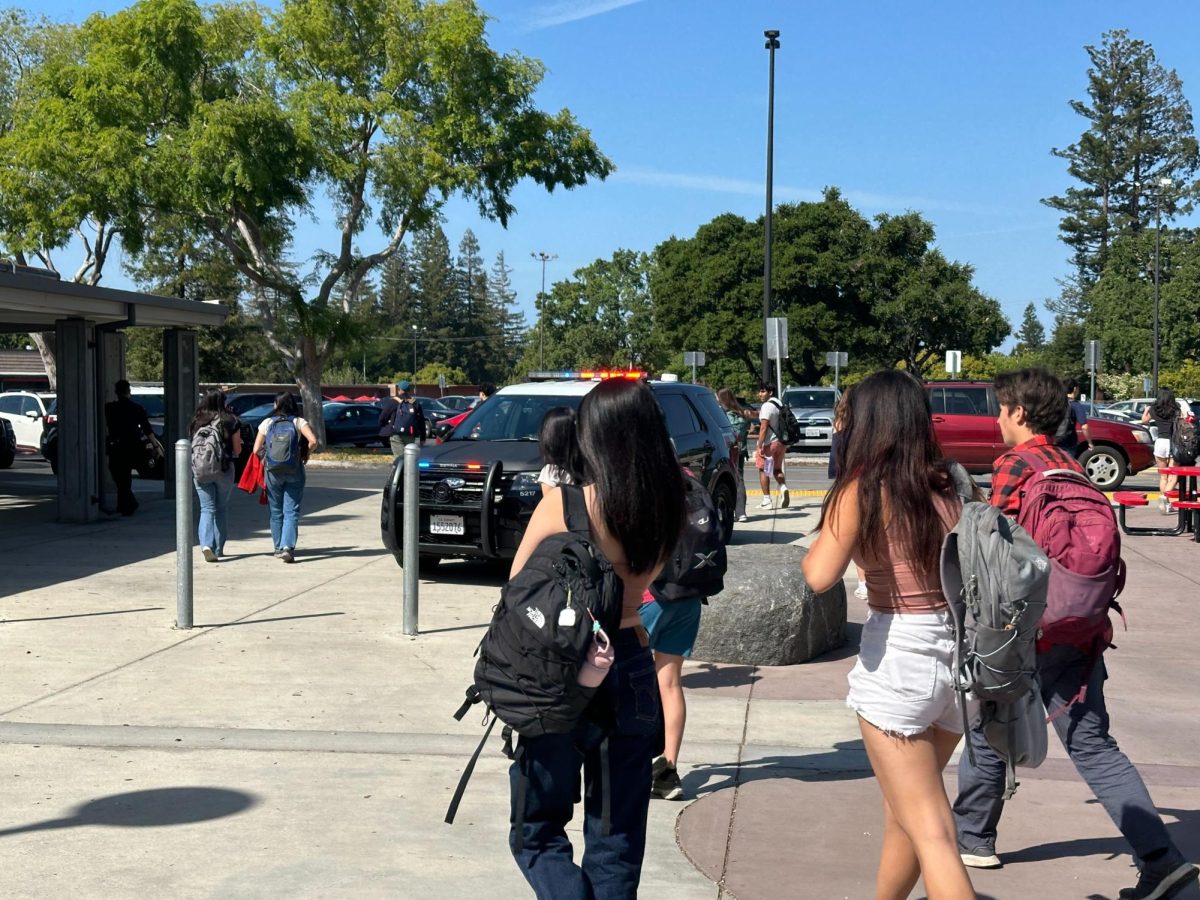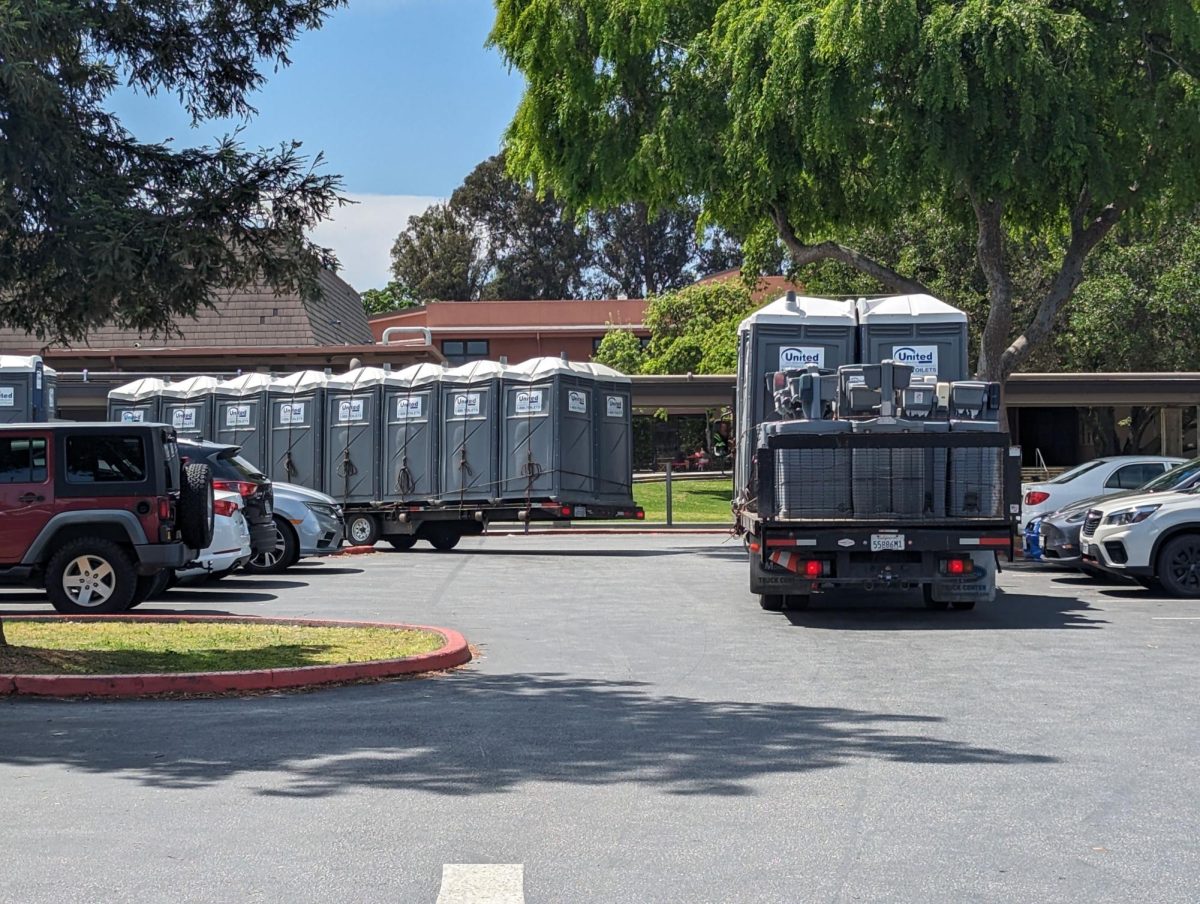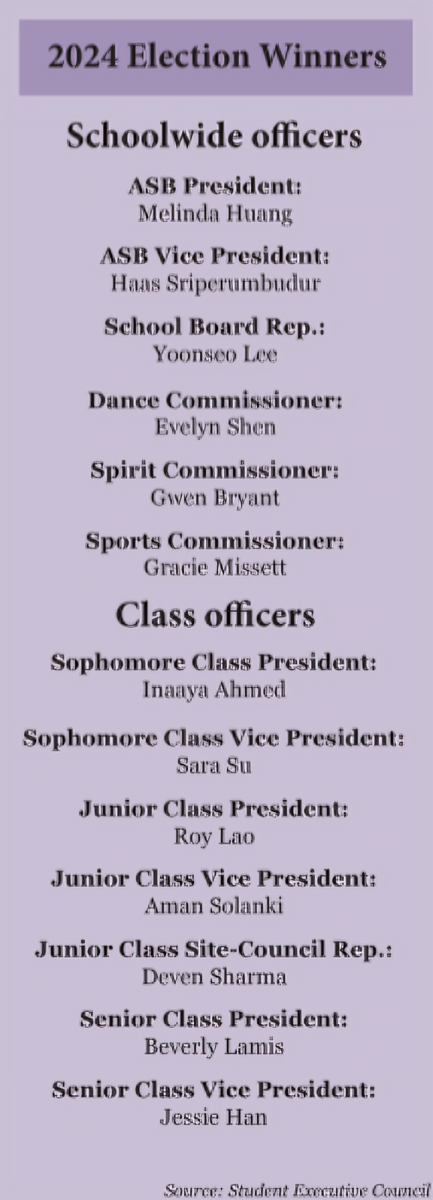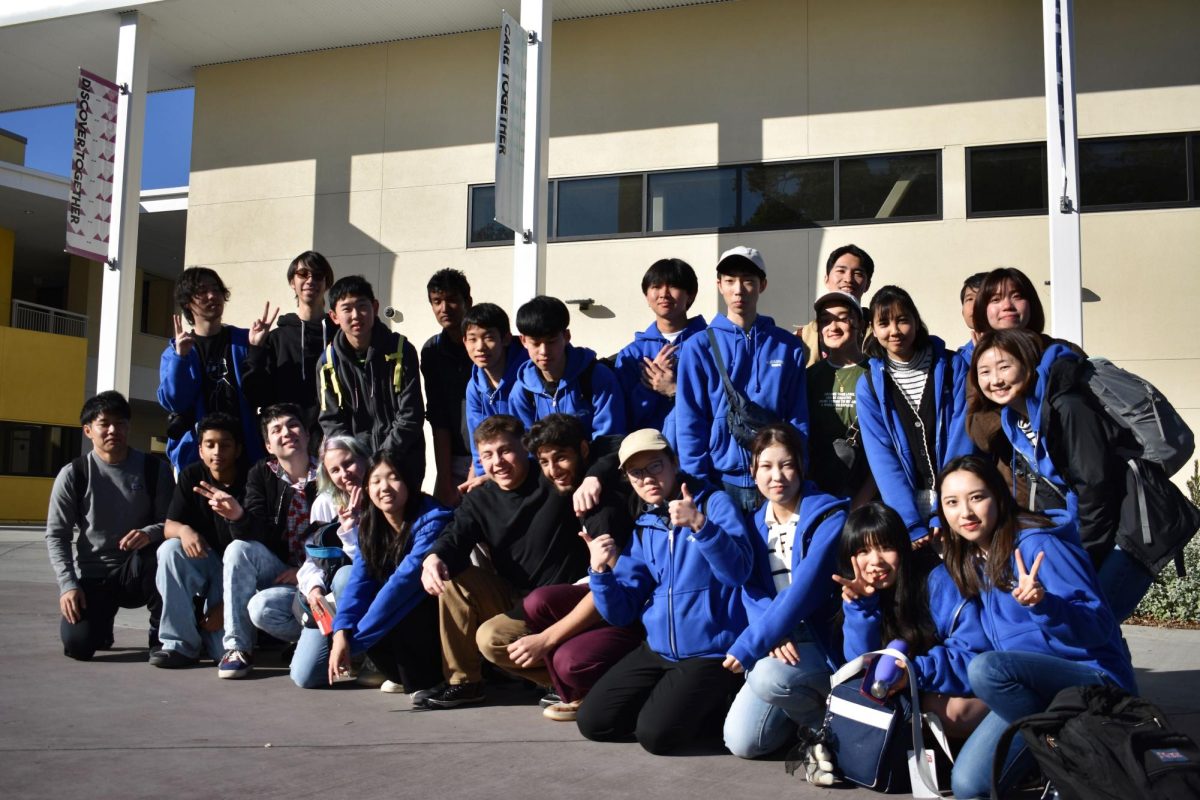Written by Eric Epstein
The Palo Alto Unified School District (PAUSD) continues to face a significant budget shortfall, partly due to the three percent raise that the district is contractually obligated to pay all of its employees throughout the 2017-18 school year. According to the school board, the total will add up to approximately 4.5 million dollars in salary raises.
The raises were built into a three-year contract between the district and the two major employee unions in Palo Alto: the Palo Alto Educators Association (PAEA) and the California School Employees Association (CSEA). However, once the district saw revenue due to property tax diminish dramatically—and cause a 3.7 million dollar shortfall— the district budget became less accommodating to additional expenses. The district intended to open up contractual negotiations with the teachers’ unions, but the negotiator did not formally notify the union in writing, according to school board member Melissa Baten Caswell. Thus, the district is contractually obligated to pay the raises to all staff members in the unions. As they are not a part of the unions, PAUSD district officials will not
receive these raises.
The union would have been obligated to partake in negotiations with the district had it been asked. “If the district formally asked us to open negotiations, we definitely would have sat down and talked—in fact, we would have had to because it was in the contract that if they had notified us by March 15, the issue would have been re-opened, but they never did that,” PAEA Vice President Marc Igler said.
PAUSD school board members Todd Collins and Melissa Baten Caswell spoke with The Oracle about the district’s budget crisis; however, they were not speaking on behalf of the whole board.
According to Collins, the pay raises were determined well before the start of this school year. “We actually committed to multi-year contracts with our two major unions,” he said. “We committed to raises, and then things didn’t work out like we expected.”
The raises exacerbate the budget shortfall that the district has had since last school year despite the recent increase in property tax. “We have some [employee] raises that we’re contractually obligated to, so that o sets the increase in property taxes,” Caswell said. The district does not want the effects of the shortfall to make its way into the classrooms, he said. “We’re doing all we can do to keep the budget shortfall from impacting the students,” Caswell said.
Collins explained which departments in the district take precedent in terms of receiving cuts. “[When making cuts, the district] looks first to the district office, then looks second to the school-specific administrative staff, then last looks at the teachers and aides that are actually in classrooms,” he said. For example, according to Caswell, for now, the district has decided to hold off on filling the Communications and Community Engage-
ment Coordinator role previously held by Jorge Quintana.
In efforts to limit the in-classroom effects, the district has also looked towards places outside of the classroom to save money. “We’re doing less maintenance,” Caswell said. “We’re not cutting the lawn every day, for example.”
The district has already made the cuts that they need to for this school year. “Because we had a bigger property tax revenue stream than projected and we have the option to use some specified reserve funds, we don’t have plans to make further cuts to this school year’s budget right now,” Caswell said.
School Board Representative senior Advait Arun thinks that the district did a good job of prioritizing the cuts. “From what I understand, there won’t be that much of an impact on students,” Arun said.
The shortfall first started last school year, when the property tax projections overestimated the revenue that the district expected to receive. According to Collins, it is quite common for the district’s property tax projections to miss the mark. “In fact, it’s very hard to estimate property tax, and you often get it wrong,” he said.
In order to prevent future budget shortfalls, the district is utilizing conservative projection models. Chief Budget Officer Cathy Mak explained the property tax projection model at the Sept. 26 board meeting. “We don’t have any data for property tax growth beyond a year,” Mak said in the meeting. “Our five- year projection is based o of the transactions of the 2017-18 calendar year; our projections are very conservative.”
Arun agrees that conservative projections are the best option to limit budget blunders. “I think for the next few years, it would be really beneficial if we did not try to overestimate our budget; I know we have a difference between a conservative projection, a moderate projection, and a liberal projection,” Arun said. “I think we should stick to a conservative projection just because we’d rather be pleasantly surprised with more money than be unpleasantly surprised with less money than we need.”
-Epstein, a junior, is the Business Manager









